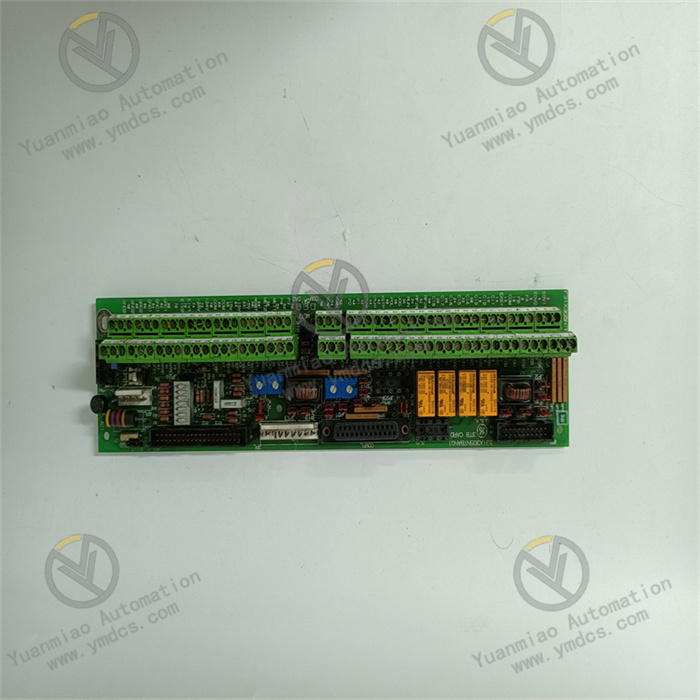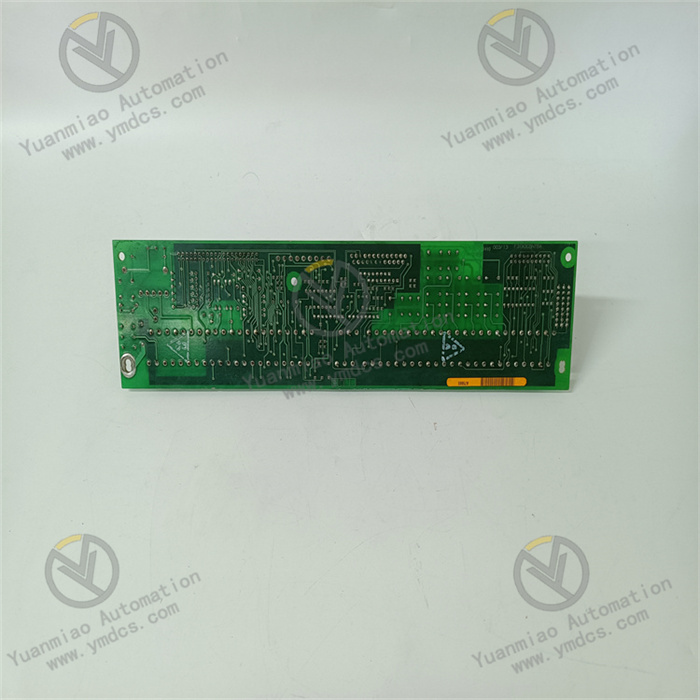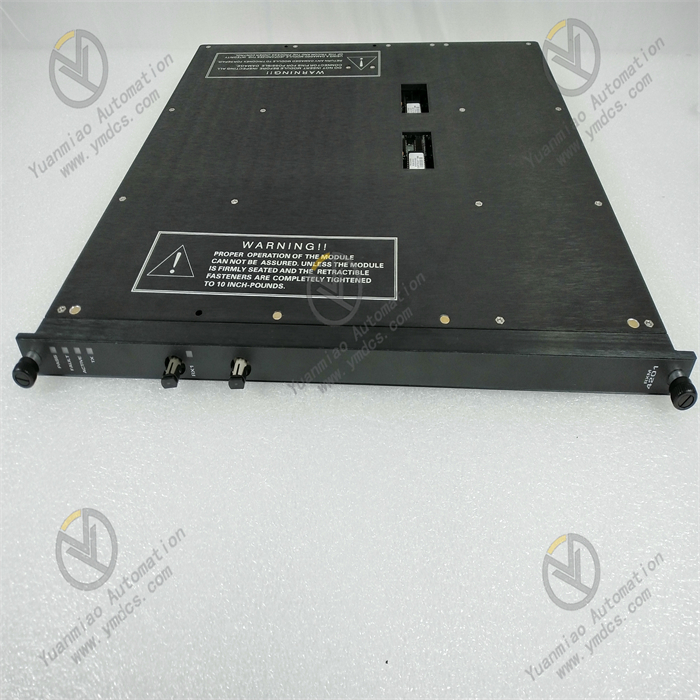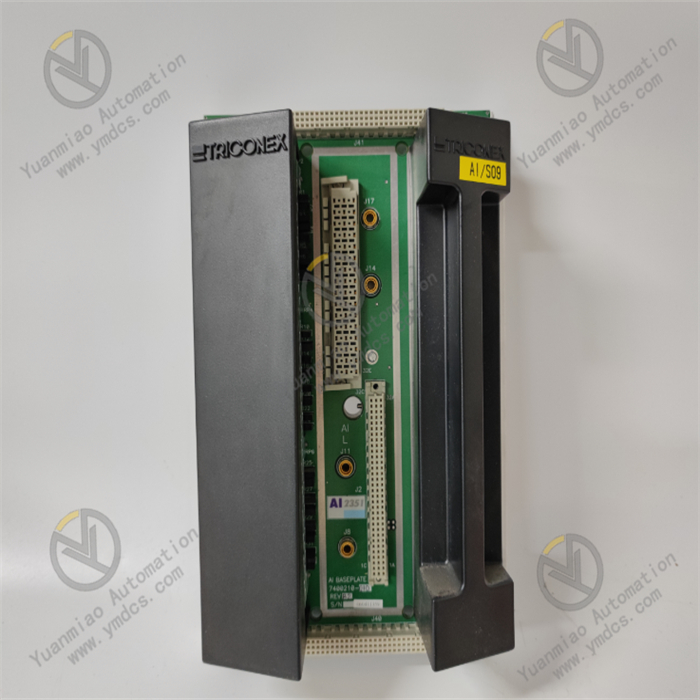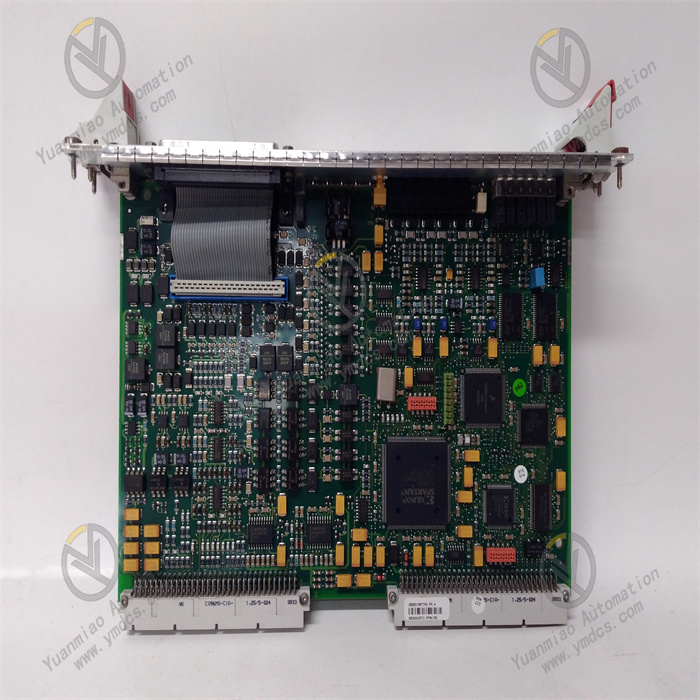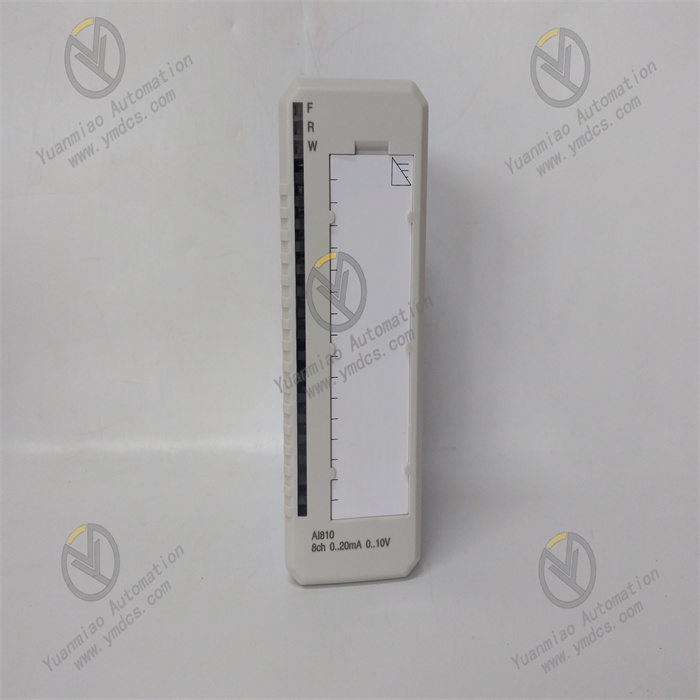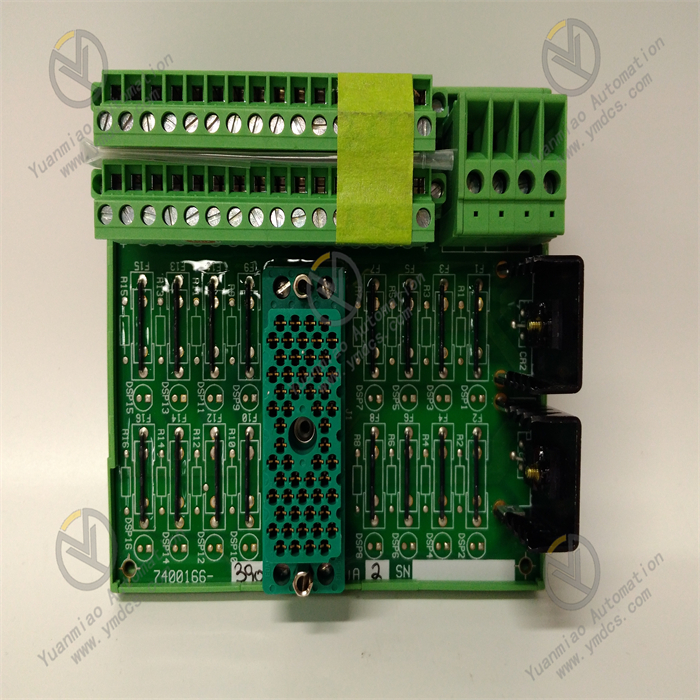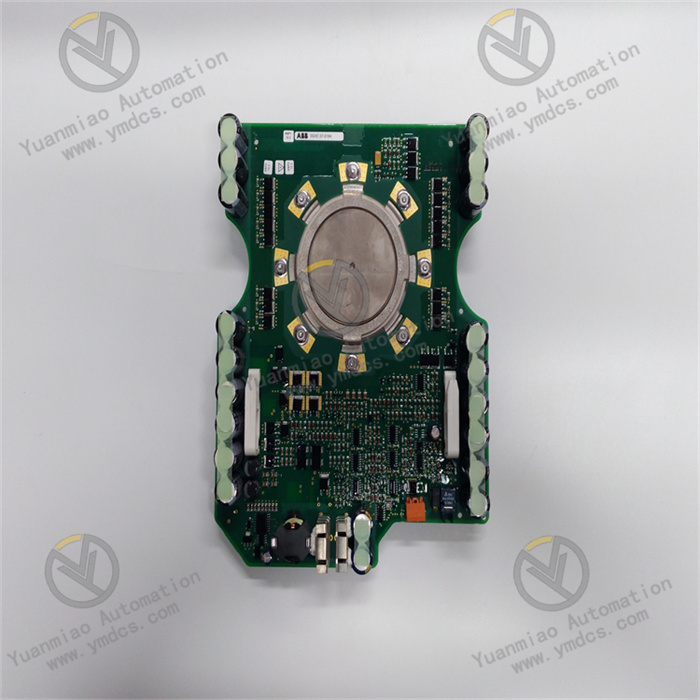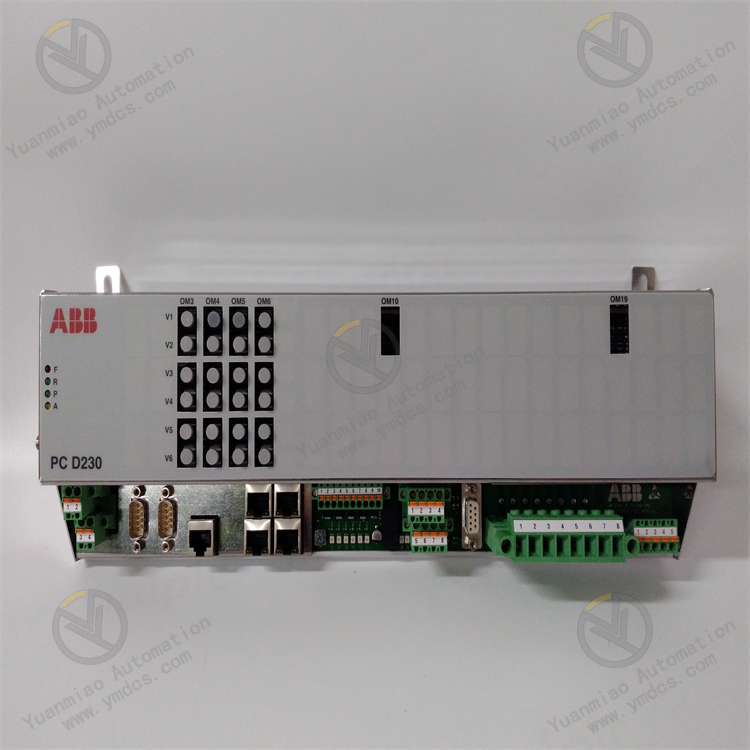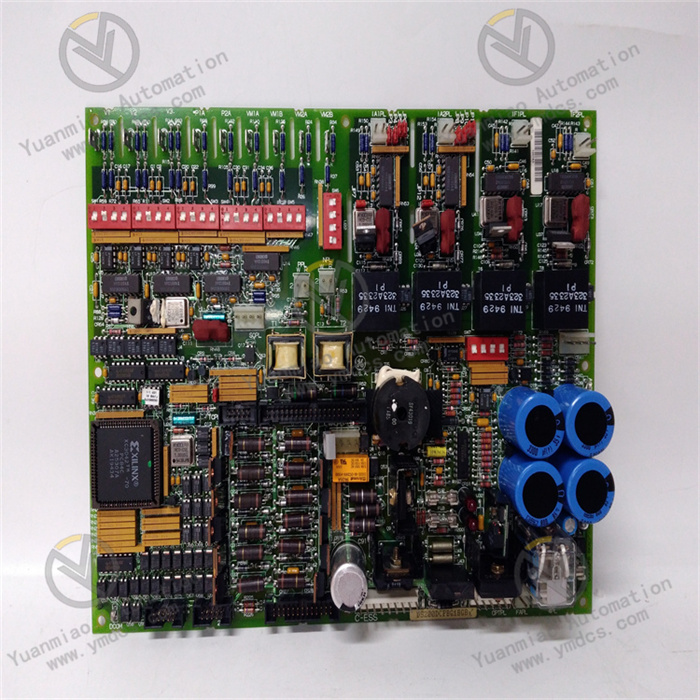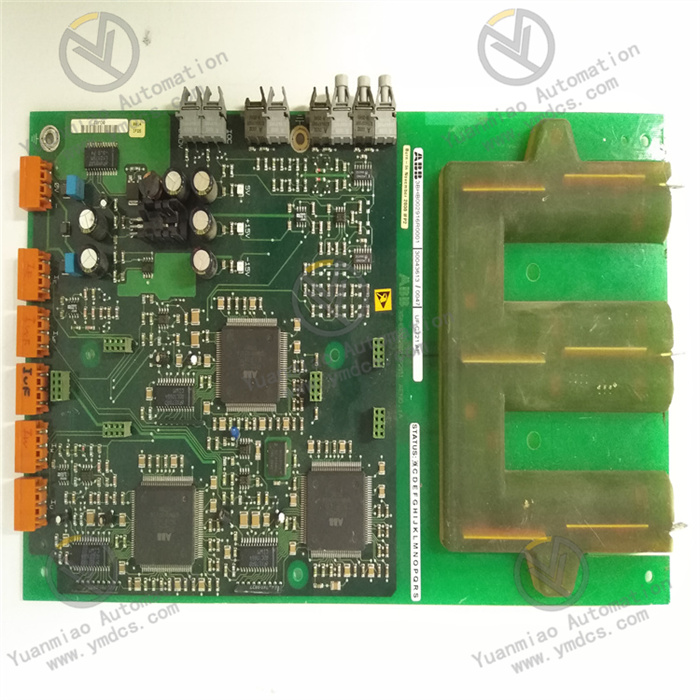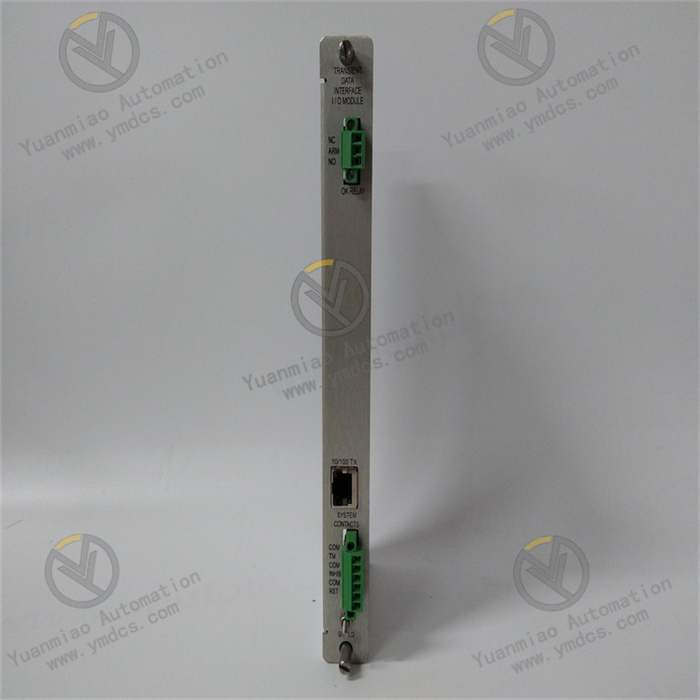Description
GE 531X305NTBANG1
The GE 531X305NTBANG1 is a high-stability digital I/O module that belongs to core industrial control systems such as GE Mark VIe, Fanuc Series 90-30, and Centurion. Its core positioning is a "core unit for accurate acquisition of digital signals, safe interlocking, and efficient control execution in complex environments across multiple industries".
This module mainly serves fields with extremely high requirements for module reliability, anti-interference capability, and system compatibility, including energy and power (e.g., auxiliary control of thermal power generating units, status monitoring of combiner boxes in new energy power stations), petrochemical industry (valve interlocking in large storage tank areas, start-stop control of pump sets in refining and chemical plants), heavy manufacturing (signal interaction of metallurgical rolling mill equipment, safety interlocking of heavy machine tools), and rail transit (equipment control in metro depots, track signal node management). It undertakes the full-process key tasks of "real-time acquisition of on-site digital signals (sensor status, equipment fault feedback) - local logic operation and safety interlock judgment - accurate output of control commands (driving actuator actions) - active reporting of fault information".
With the core advantages of "industrial-grade harsh environment resistance design + high-compatibility system adaptation + intelligent fault diagnosis + flexible expansion capability", the GE 531X305NTBANG1 can not only meet the "high density and low latency" requirements for digital I/O modules in newly-built industrial control systems but also seamlessly replace traditional relay control cabinets or low-reliability I/O components in old systems. It effectively solves the four major pain points in industrial control: "module failure in extreme environments", "difficulty in cross-system integration", "long time-consuming fault troubleshooting", and "high cost of channel expansion". Through enhanced electromagnetic protection, selection of wide-temperature components, and standardized interface design, the module achieves a signal acquisition response time of ≤ 1ms and an output command execution delay of ≤ 3.5ms, ensuring the continuous and stable operation of industrial systems and reducing production interruption losses caused by module failures (a single interruption can result in losses of up to several hundred thousand yuan).
- Enhanced Isolation and Anti-Interference: Input/output channels all adopt 2500Vrms double electrical isolation, combined with nano-level three-proof paint (waterproof, dustproof, anti-corrosive) coating on the circuit board. In scenarios such as coastal chemical workshops with high humidity and high salt spray, metallurgical plants with strong electromagnetic interference, and outdoor power control cabinets in cold and harsh environments, the annual failure rate of the module can be controlled within 0.15%. The power module is equipped with a three-stage EMC filter circuit (common mode rejection ratio ≥ 85dB), and when installed next to high-power frequency converters above 300kW, the input signal misjudgment rate is ≤ 0.001%.
Wide Temperature Range and Resistance to Extreme Working Conditions: Core components adopt industrial-grade wide-temperature models with a range of -40℃~+85℃. The module can start directly in a low-temperature environment of -40℃ without preheating and maintain stable performance even in a high-temperature environment of +75℃. At the same time, it has 12g vibration resistance and 55g shock resistance capabilities, adapting to the operating environment of high-vibration equipment such as fans, compressors, and rolling mills.
- Dual Configuration of Input and Output: Digital inputs support dual configuration of dry contact/wet contact via hardware jumper + software, and outputs support NPN/PNP switching via hardware jumper. Without additional signal conversion modules, it can adapt to different types of on-site sensors (e.g., dry-contact limit switches, wet-contact proximity switches) and actuators (e.g., NPN-type solenoid valves, PNP-type indicator lights), improving system adaptation flexibility.
Local Intelligent Logic Operation: Relying on a 32-bit high-performance microprocessor, it supports complex logic operations such as 10-channel input interlocking, pulse counting, and delay triggering. It can complete "multi-condition combined control" locally (e.g., "high liquid level alarm in storage tank + high pressure alarm" interlocking to close the feed valve), without relying on the computing power of the upper computer. This reduces system communication load, with a total control command delay of ≤ 7.5ms, meeting the real-time requirements of high-speed production lines and equipment safety interlocking.
- Full-Scenario System Adaptation: Perfectly compatible with GE-series control systems such as GE Mark VIe, Fanuc 90-30, and Centurion, and supports programming software such as GE Proficy Machine Edition and Fanuc Ladder Master. It can directly call the module's built-in function blocks (DI acquisition block, DO output block, interlocking logic block), shortening the programming cycle by 50% compared with traditional solutions. It is also compatible with third-party systems such as Siemens S7-1200/1500 and Rockwell ControlLogix, realizing cross-brand interconnection via PROFIBUS DP or Modbus RTU bus, and solving compatibility problems in the upgrading of old systems.
Seamless Replacement and Rapid Debugging: Its dimensions and installation interfaces are compatible with GE's old digital modules (e.g., 531X302, 531X304 series), which can directly replace old modules while retaining the original wiring and system programs, reducing the upgrade cost by 45%. Equipped with a USB Type-C debugging interface and visual configuration software, it supports one-click import/export of parameters, online modification of logic programs, and automatic analysis of fault logs. The module debugging time is shortened from an average of 3.5 hours to 25 minutes.
- Comprehensive Status Monitoring: 32 high-brightness status indicators (20 inputs + 10 outputs + 1 power + 1 bus) are installed on the front panel. On-site operation and maintenance personnel can quickly judge the module's operating status through the color and flashing state of the indicators—for example, "an input light flashes but the sensor has no action" indicates line interference; "the output light is steady on but the load does not work" indicates an output channel fault. At the same time, it supports real-time viewing of module temperature, power supply voltage, bus load rate and other operating parameters through the upper computer, realizing preventive maintenance.
Efficient Fault Location and Handling: Built-in fault log storage function, which can record the latest 150 fault information (including fault type, occurrence time, fault code, and recovery measures), and supports log export via debugging interface or bus. For common faults (e.g., input disconnection, output short circuit), the module will automatically trigger protection mechanisms (e.g., cutting off the faulty output channel) and report the specific fault location and solution suggestions. The fault location time is shortened from an average of 1.2 hours to 18 minutes, greatly reducing production interruption time.
![]()



